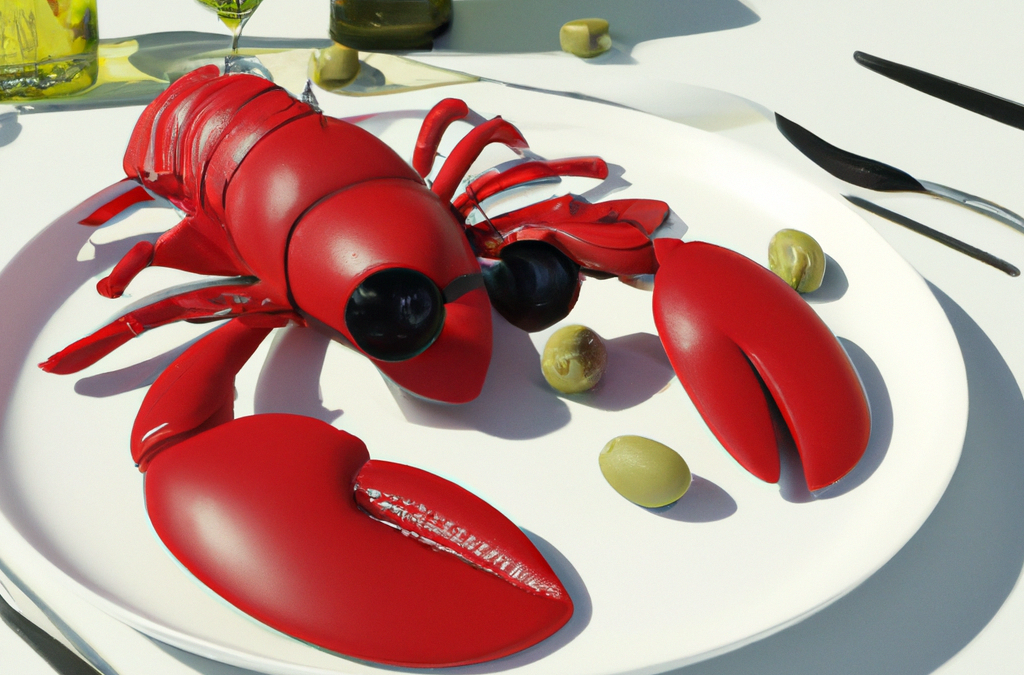Being the smart innovator (and businessperson) you are, you know it’s important to talk to customers. You also know it’s important to listen to them.
It’s also important to ignore your customers.
(Sometimes)
Customers will tell you what the problem is. If you stay curious and ask follow-up questions (Why? and Tell me more), they’ll tell you why it’s a problem and the root cause. You should definitely listen to this information.
Customers will also tell you how to fix the problem. You should definitely ignore this information.
To understand why, let me tell you a story.
Eye contact is a problem
Years ago, two friends and I took a day trip to Maine. It was late in Fall, and many lobster shacks dotting the coast were closed for the season. We found one still open and settled in for lunch.
Now, I’m a reasonably adventurous eater. I’ll try almost anything once (but not try fried tarantulas). However, I have one rule – I do not want to make eye contact with my food.
Knowing that lobsters are traditionally served with their heads still attached, I braced for the inevitable. As the waitress turned to me, I placed the same order as my friends but with a tiny special request. “I’ll have the lobster, but please remove its head.”
You know that scene in movies when the record scratches, the room falls silent, and everyone stops everything they’re doing to stare at the person who made an offending comment? Yeah, that’s precisely what happened when I asked for the head to be removed.
The waitress was horrified,” Why? That’s where all the best stuff is!”
“I don’t like making eye contact with my food,” I replied.
She pursed her lips, jotted down my request, and walked away.
A short time later, our lunch was served. My friends received their lobsters as God (or the chef) intended, head still attached. Then, with great fanfare, my lobster arrived.
Its head was still attached.
But we did not make eye contact.
Placed over the lobster’s eyes were two olives, connected by a broken toothpick and attached to the lobster’s “ears” by two more toothpicks.
The chef was offended by my request to remove the lobster’s head. But, because he understood why I wanted the head removed, he created a solution that would work for both of us – lobster-sized olive sunglasses.
Are you removing the head or making sunglasses?
Customers, like me, are experts in problems. We know what the problems are, why they’re problems, and what solutions work and what don’t. So, if you ask us what we want, we’ll give you the solution we know – remove the head.
Innovators, like you and the chef, are experts in solutions. You know what’s possible, see the trade-offs, and anticipate the consequences of various choices. You also take great pride in your work and expertise, so you’re not going to give someone a sub-par solution simply because they asked for it. You’re going to provide them with olive sunglasses.
Next time you talk to customers, stay curious, ask open-ended questions, ask follow-up questions, and build a deep understanding of their problems. Then ignore their ideas and suggestions. They’ll only stand in the way of your olive sunglasses.
